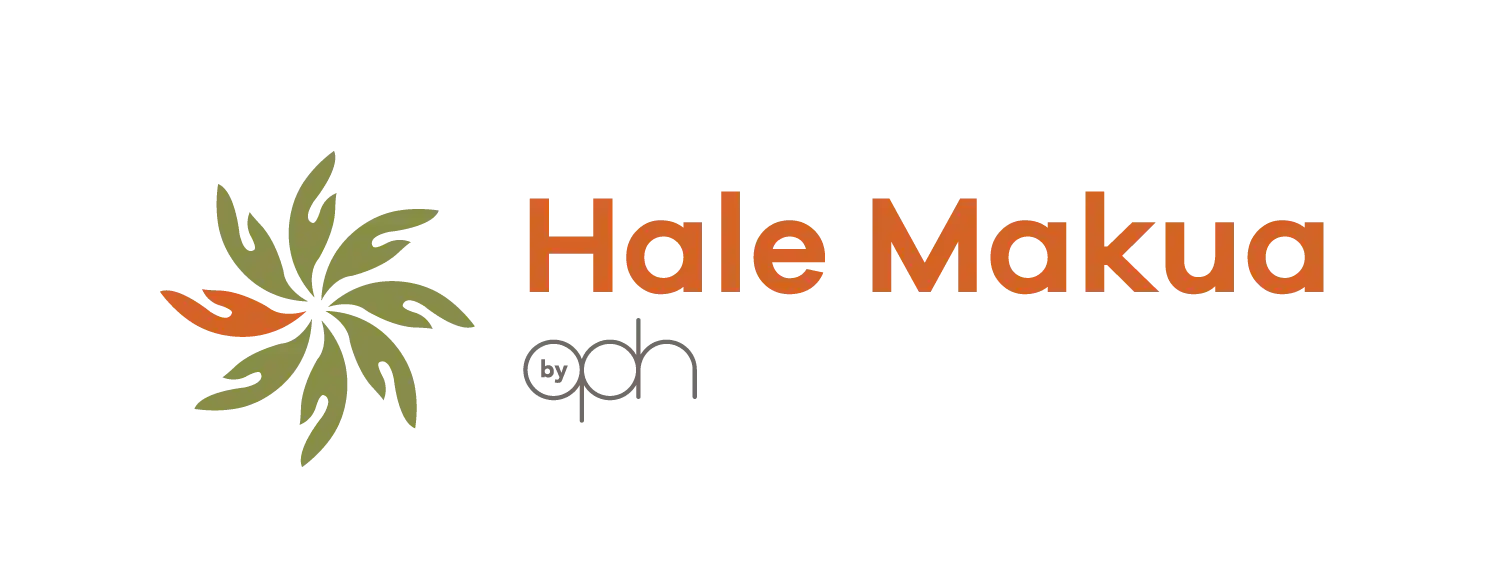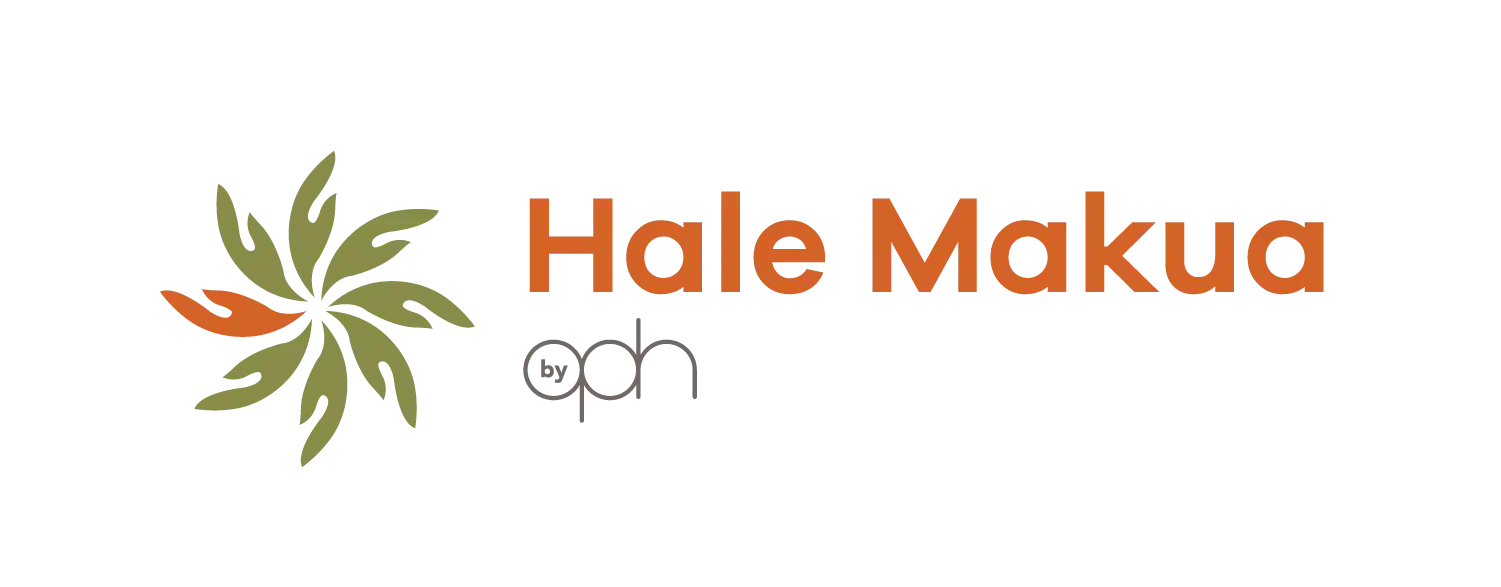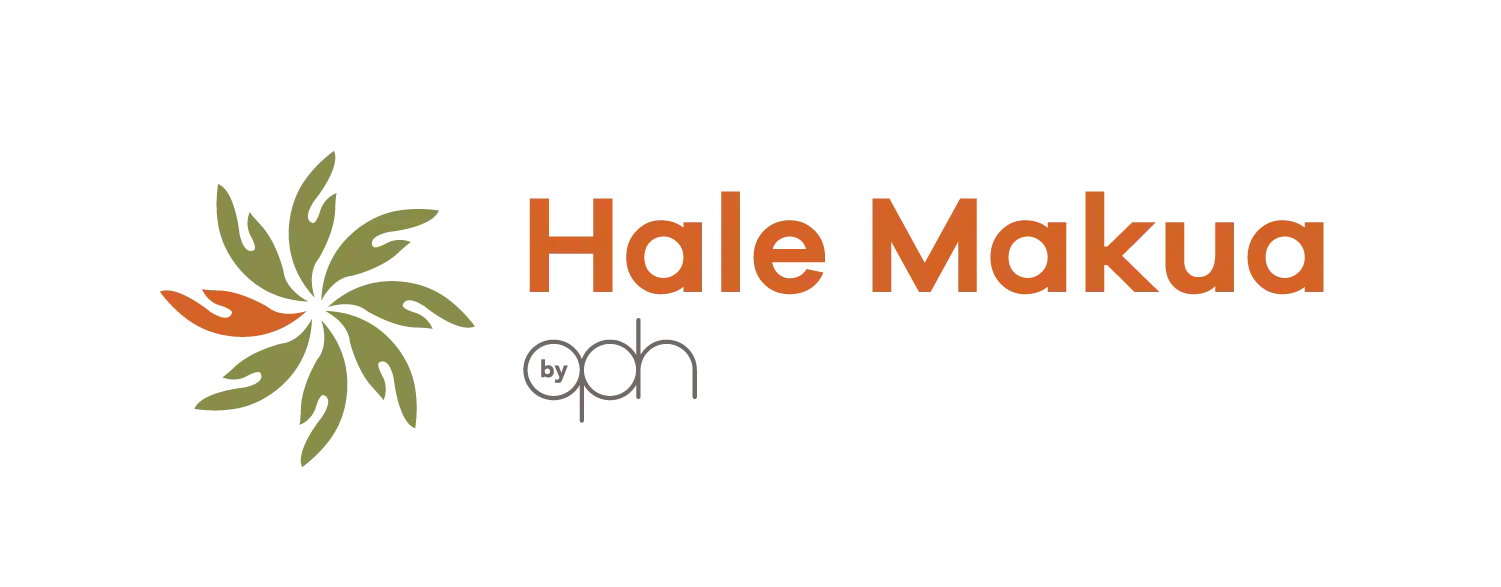Native Forest Thrives After 20 Years of Collaboration
The Auwahi Forest Restoration Project, the US Fish and Wildlife Service , and the Natural Resources Conservation Service will honor the Erdman family and ‘Ulupalakua Ranch on July 25, 2017 for more than two decades of work to ensure native forest restoration and protection at Auwahi, Maui.
Though ‘Ulupalakua Ranch is best known for its store, winery, stands of enormous planted trees, cowboys, and ranch activities, fewer know that native ecosystems of the Ranch have been compared to that of a National Park.
In particular, native forests of ‘Ulupalakua Ranch, in the ‘ahupua’a (district) of Auwahi, are noted in early botanical literature as among the richest and most diverse forests in the Hawaiian Islands. Prior to the arrival of Europeans, Auwahi and forests like it were considered wahi pana–invaluable as source sites for a wide variety of native fibers, dyes, and woods, and each species used for a specific purpose.
Because of the impacts of feral animals, fire and invasive plant species, Auwahi and all southern Haleakalā forests have declined precipitously. Representatives with the Auwahi Forest Restoration project say less than 2.5% of the original forest remained, much of it in tatters.
In the 1980s, the rapidly declining forests of Auwahi were generally regarded as a tragedy among Hawaiian biologists. One report called Auwahi a ‘museum forest’, similar to a museum in its value, but also like a museum, only older senescent trees were left without successful reproduction for centuries.
In 1997, ‘Ulupalakua Ranch partnering with the US Fish and Wildlife Service and the Natural Resources Conservation Service began one of the first and most ambitious large scale forest restoration projects in the State at Auwahi.
A new restoration technique was developed utilizing the timed planting of native ‘nurse’ plants intended to rebuild forest understory around the trees and reduce herbicide usage. The technique proved successful, increasing native species cover in restoration areas from 3% to 82%. Amazingly, nearly two-thirds of native tree species at Auwahi are now producing seedlings naturally, a sign of a healthy functioning ecosystem, including some species that had not done so in centuries.
From there, the Auwahi Forest Restoration Project began and community volunteer restoration trips run continuously since 1997 have now planted over 125,000 native trees. Through the years, more than 1,600 Maui residents including students, educators, ranchers, policy makers, scientists, canoe paddlers, artists, and photographers have volunteered over 37,000 hours towards restoration efforts at Auwahi.
As a result of the community minded dedication of ‘Ulupalakua Ranch at Auwahi, Hawaiian dry forests have gone from a poster child of ecological failure to a poster child of community-based restoration. Restoration organizers say projects of this type are rare; and to have one on private ranch lands is virtually unprecedented.
Representatives with the Auwahi Forest Restoration Project say the Ranch’s generosity has been critical in preservation of Hawaiian dry forests and in doing so has made a significant contribution towards the protection of our Nation’s natural resources.
“None of this would have been possible without the Erdman family, especially father Pardee and son and Ranch Manager Sumner,” project representatives said. “The Ranch’s re-dedication of valuable grazing lands, needed to sustain their cattle herd vulnerable to seasonal droughts, over to native forest restoration without compensation is remarkable.”
According to Auwahi project founder, Dr. Arthur C. Medeiros, “In over two decades of working on the Auwahi project, ʻUlupalakua Ranch has never requested publicity of any type but instead served largely as a silent and enthusiastic partner. In all my years in conservation, I have never seen another for-profit group act in this way.”
In addition to ʻUlupalakua Ranch, the US Fish and Wildlife Service, and the Natural Resources Conservation Service, the Auwahi project also receives support from the Frost Family Foundation, Maui County Department of Water Supply, Hawaiʻi Community Foundation, Hawaiʻi Tourism Authority, Maui County Office of Economic Development, and the Edward J Anderson Foundation.

Auwahi, Maui. PC: Auwahi Forest Restoration Project.
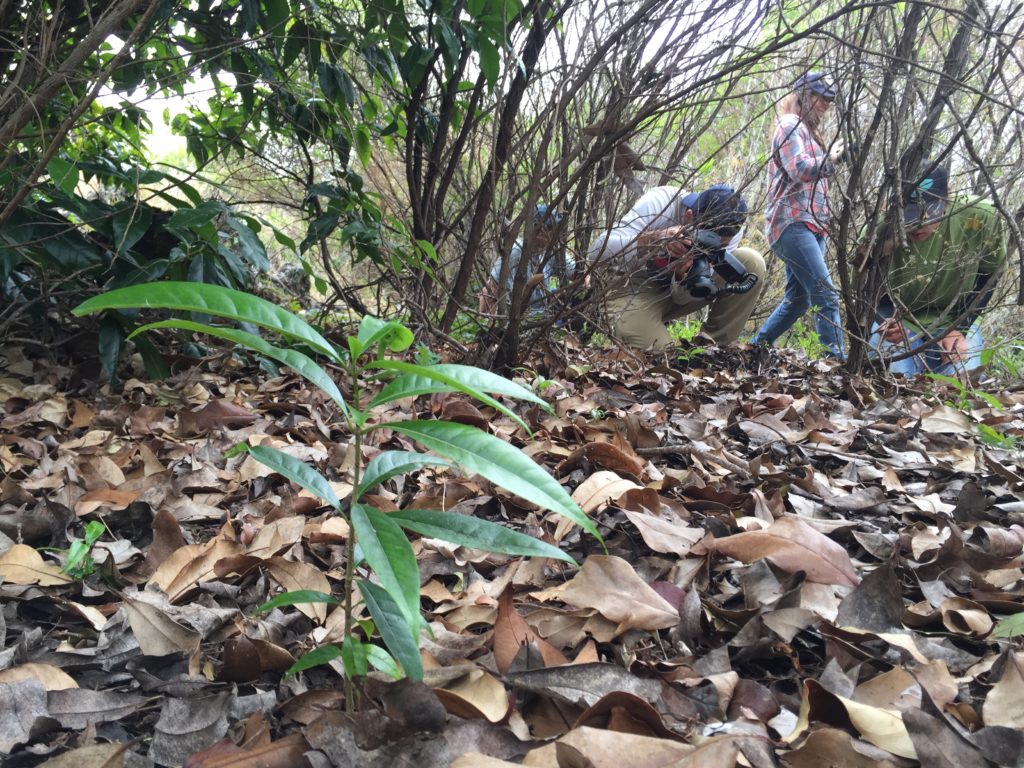
Auwahi, Maui. PC: Auwahi Forest Restoration Project.

Auwahi, Maui. PC: Auwahi Forest Restoration Project.
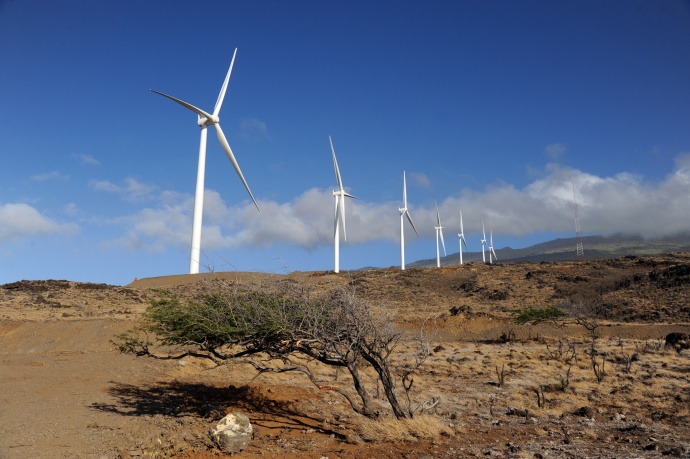
Auwahi Wind, courtesy file photo.
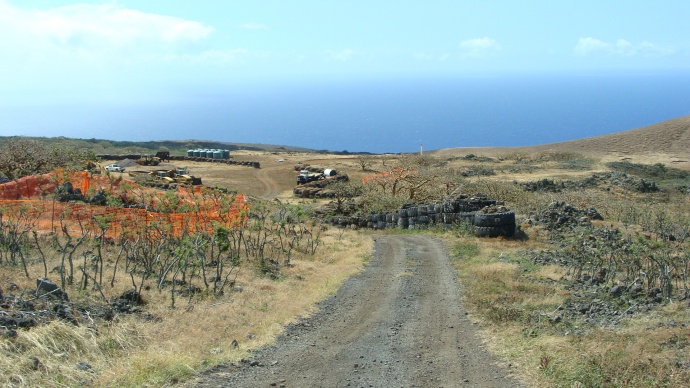
Auwahi Wind Farm site. File photo by Wendy Osher.






